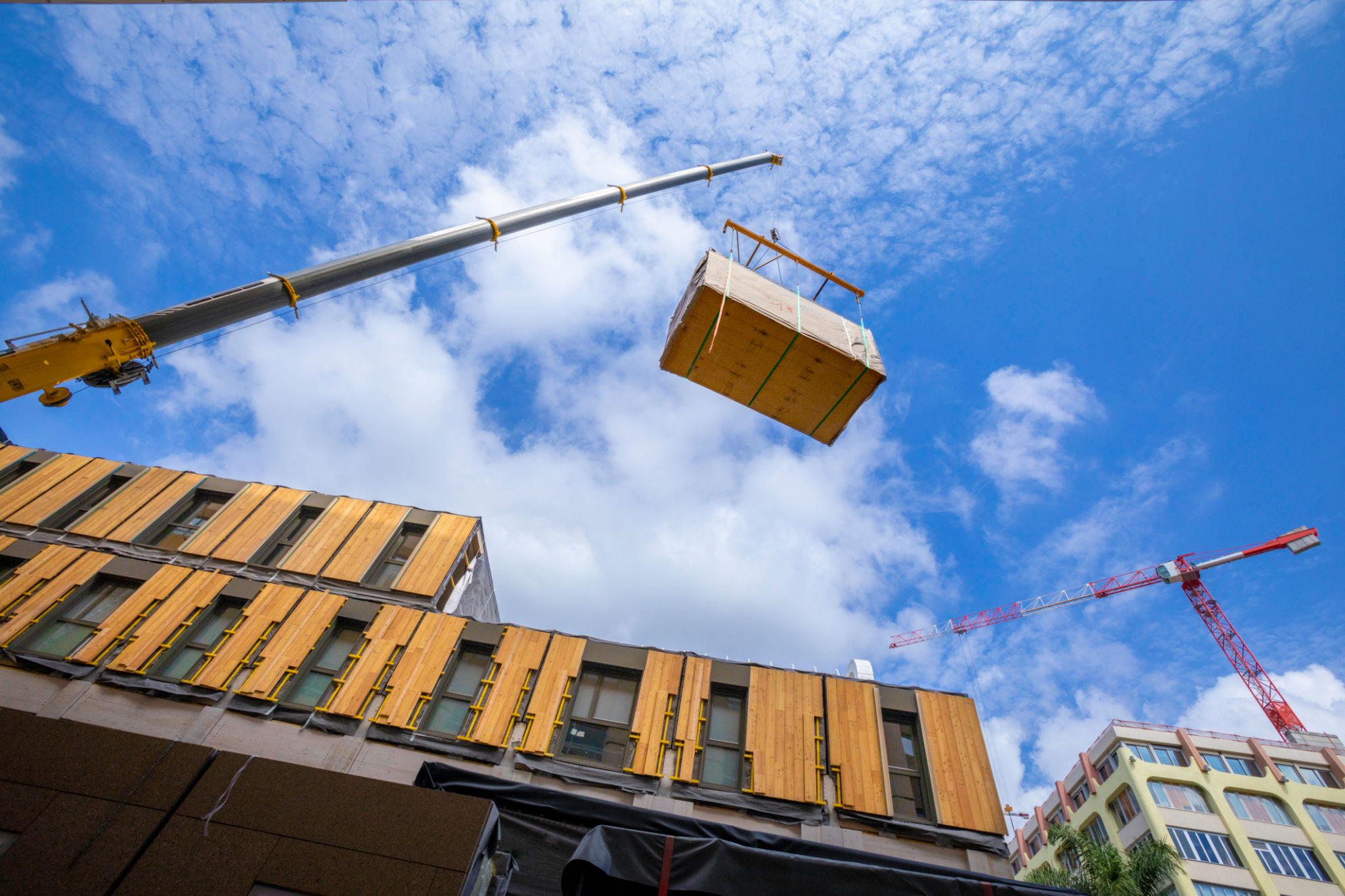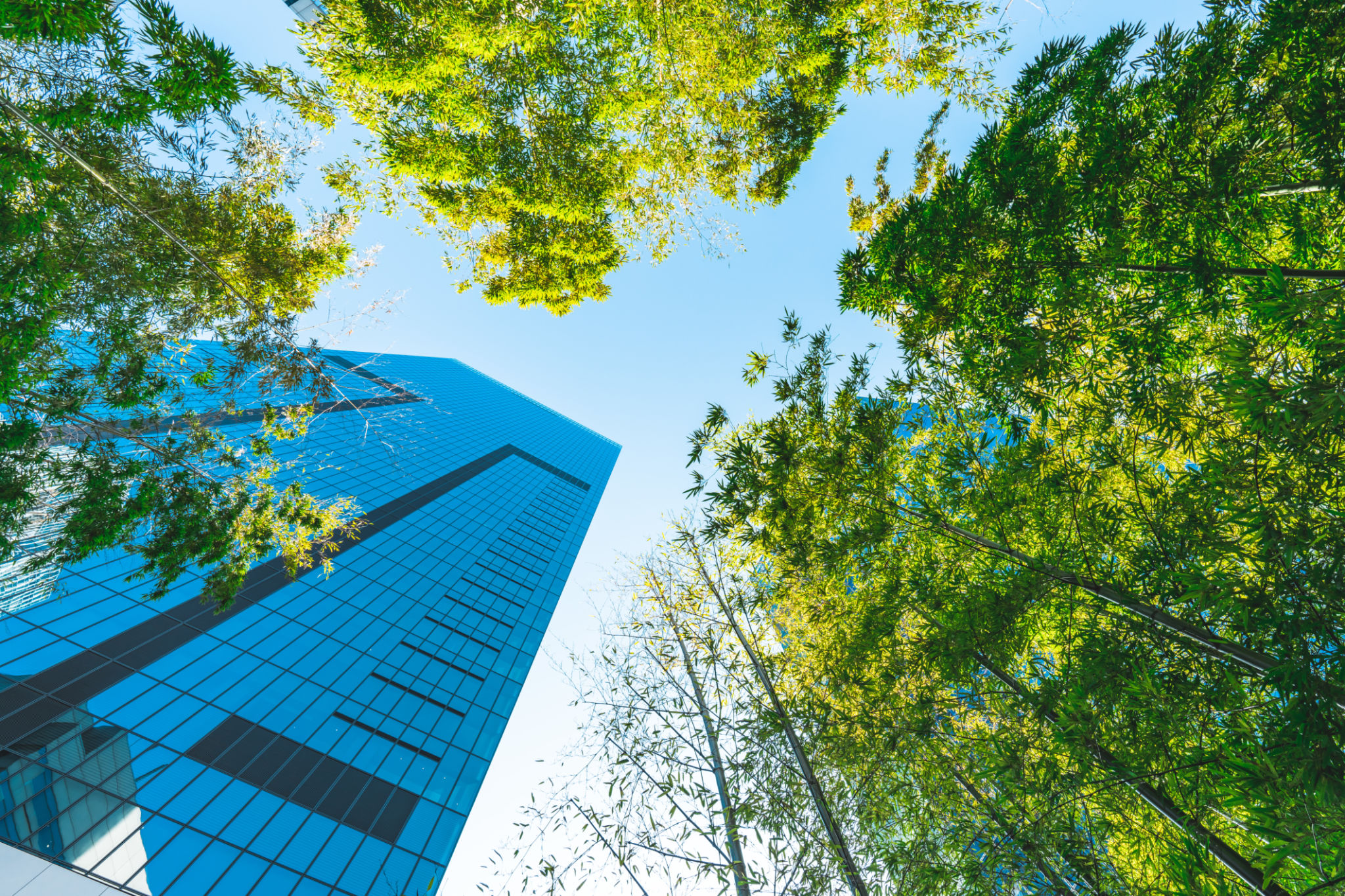Common Myths About Sustainable Architecture Debunked
Understanding the Basics of Sustainable Architecture
Sustainable architecture is often misunderstood, leading to numerous myths and misconceptions. At its core, sustainable architecture aims to minimize the negative environmental impact of buildings by enhancing efficiency and moderation in the use of materials, energy, and development space. Let's debunk some common myths surrounding this innovative approach to building design.

Myth 1: Sustainable Architecture is Too Expensive
One of the most pervasive myths is that sustainable architecture is prohibitively expensive. While it's true that initial costs can be higher due to the use of eco-friendly materials and technologies, these are often offset by long-term savings. Energy-efficient designs reduce utility bills, and sustainable materials can lower maintenance costs. Additionally, government incentives and rebates for green buildings can make sustainable projects more financially accessible.
Myth 2: Sustainable Buildings Are Unattractive
Another common misconception is that sustainable buildings are unattractive or lack aesthetic appeal. In reality, sustainable architecture does not compromise on design; instead, it often results in innovative and visually striking structures. Architects are increasingly finding creative ways to blend sustainability with aesthetics, ensuring that green buildings are as beautiful as they are functional.

Myth 3: Sustainable Architecture is Only About Reducing Energy Use
While reducing energy consumption is a significant aspect of sustainable architecture, it encompasses much more. It involves a holistic approach that includes the use of sustainable materials, water conservation, improving indoor air quality, and optimizing building orientation and layout for natural light and ventilation. Sustainable architecture aims to create a positive environmental impact in all facets of building design and operation.
Myth 4: Sustainable Design is Only for New Buildings
There's a belief that sustainability can only be achieved in new constructions, but this isn't true. Many existing buildings can be retrofitted with sustainable technologies and materials to improve their environmental performance. Retrofitting offers a practical solution for older structures to become more energy-efficient and environmentally friendly while preserving their historical or cultural value.

Myth 5: Sustainable Architecture Doesn’t Make a Significant Impact
Some argue that sustainable architecture doesn't make a substantial difference in the grand scheme of environmental conservation. However, when implemented widely, it can significantly reduce carbon footprints and resource consumption. By influencing industry standards and promoting eco-friendly practices, sustainable architecture plays a crucial role in combating climate change and fostering a healthier planet.
The Future of Sustainable Architecture
The future of architecture is green, with sustainability becoming increasingly integrated into mainstream design practices. As awareness grows and technology advances, the barriers that once held back sustainable architecture are rapidly dissolving. By debunking these myths, we can better appreciate the potential of sustainable architecture to transform our built environment for the better.
Embracing sustainable architecture not only benefits the environment but also enhances the quality of life for building occupants. As we move forward, incorporating sustainability into every aspect of architectural design will be key to achieving a more resilient and sustainable future.